Infrastructure as Code (IaC) Tools, Benefits, and Examples
- Nitin Yadav
- Knowledge
About
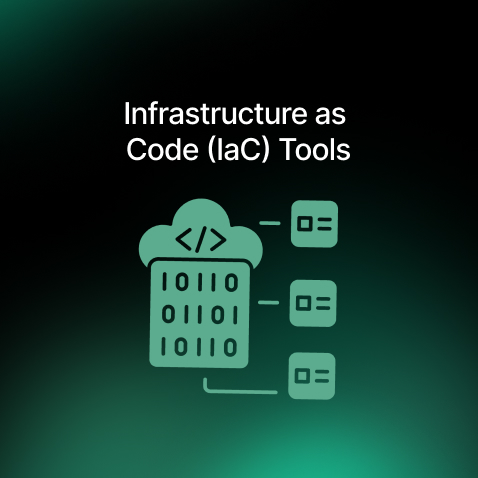
Optimize your infrastructure with Infrastructure-as-Code tools. Slash costs, ensure consistency and scale efficiently. Buy the best IaC for your needs today!
Industries
- AWS, SRE
Share Via
Hear us out: What if your IT infrastructure could be as version-controlled and predictable as your software? Infrastructure as Code (IaC) makes this a reality, transforming the way we manage and provision infrastructure.
In this article, we learn about IaC and infrastructure-as-code-based applications.
What is IaC?
IaC is a practice that uses code to automate the provisioning and management of infrastructure resources. Organizations can streamline the deployment, configuration, and lifecycle management of systems, networks, and applications by treating infrastructure as software. This approach offers significant benefits like increased efficiency, reduced errors, and improved scalability. Recent data reveals that 45% of organizations are currently utilizing IaC tools, signifying a growing acceptance of this approach.
IaC primarily employs two approaches to manage and provision infrastructure: declarative and imperative.
Declarative Approach
In a declarative approach, the desired state of the infrastructure is well-defined. The IaC tool then automatically determines and executes the necessary steps to achieve this state. This approach is often preferred for its simplicity and idempotency. Idempotency ensures that applying the same operation multiple times yields the same result, preventing unintended changes.
Imperative Approach
The imperative approach involves specifying a sequence of steps to be executed. This is similar to writing a script, where each step is defined explicitly. While this approach offers granular control, it can be more complex and error-prone, especially for large-scale infrastructure deployments.
Now, let’s talk about some of the benefits of using IaC in your organization.
Features of Infrastructure as Code
IaC can be particularly helpful in the following:
- Cost Reduction and Speed of Deployments: Automating infrastructure provisioning significantly reduces manual effort, leading to faster deployment times and lower operational costs.
- Consistency and Avoidance of Configuration Drift: By defining infrastructure in code, organizations can ensure consistency across environments, preventing configuration drift and reducing the risk of errors.
- Idempotence and Repeatable Deployments: IaC tools often employ idempotent operations, meaning they can be applied multiple times without changing the existing state. This ensures that deployments are repeatable and predictable.
- Scalability and Resource Optimization: IaC enables organizations to scale infrastructure resources up or down quickly and efficiently, optimizing resource utilization and cost.
Version control systems, such as Git, play an important role in managing IaC code. By tracking changes to infrastructure code, version control systems enable collaboration among team members, facilitate rollback to previous versions, and provide a detailed audit trail of modifications. This ensures transparency, accountability, and the ability to revert to stable configurations in case of issues.
With that out of the way, let’s move on to what kind of tools you can use for IaC.
Top Infrastructure as Code (IaC) Tools You Should Know
In this section, we will take a look at some of the most commonly used tools for infrastructure-as-code-based applications.
Terraform
Terraform is a versatile open-source tool that has rapidly gained popularity in the Infrastructure as Code (IaC) landscape. It offers a wide range of features and benefits, making it a powerful choice for managing infrastructure across various cloud providers and on-premises environments.
Terraform has several great features, such as:
- Multi-Cloud Support: Terraform supports a wide range of cloud providers, including AWS, Azure, GCP, and many others. This allows you to manage infrastructure across multiple clouds using a consistent approach.
- Declarative Language (HCL): Terraform utilizes a simple, human-readable language called HashiCorp Configuration Language (HCL) to define infrastructure. You can specify the desired state of your infrastructure, and Terraform takes care of the steps needed to achieve it.
- Idempotency: Terraform operations are idempotent, meaning they can be applied multiple times without changing the existing state. This ensures consistency and prevents unintended changes.
- State File: Terraform maintains a state file that tracks the current state of your infrastructure. This state file is used to plan future changes and ensure accurate deployments.
AWS CloudFormation
AWS CloudFormation is a managed service provided by Amazon Web Services (AWS) that allows you to model and provision AWS resources using declarative syntax. By defining your infrastructure as a template, you can create and modify stacks of AWS resources in a consistent and repeatable manner.
CloudFormation comes with some features such as:
- Declarative Syntax: CloudFormation utilizes a declarative syntax, either YAML or JSON, to define the desired state of your infrastructure. This simplifies the process of specifying resources and their configurations.
- Template-Based Provisioning: CloudFormation templates serve as blueprints for your infrastructure. By defining the desired resources and their properties within a template, you can create and manage stacks of AWS resources.
- Change Sets: CloudFormation allows you to review changes to your stacks before they are applied. This helps you identify potential issues and assess the impact of modifications.
- Rollback and Deletion: In case of failures or unintended changes, CloudFormation provides the ability to roll back stacks to previous states or delete them entirely.
- Custom Resources: You can extend CloudFormation’s capabilities by creating custom resources. This allows you to incorporate custom logic and scripts into your templates.
- Integration with AWS Services: CloudFormation seamlessly integrates with a wide range of AWS services, including EC2, S3, VPC, and Lambda. This enables you to autoNow that we’ve covered the foundational concepts of cloud deployment models.
Pulumi
Pulumi is a modern infrastructure such as a code (IaC) platform that allows developers to define and deploy cloud infrastructure using familiar programming languages such as Python, JavaScript, and Go. Pulumi has experienced substantial growth, with over 1 million downloads per month and a 350% year-over-year increase in enterprise customers. This approach offers several advantages:
- Familiar Programming Languages: By leveraging existing programming languages, Pulumi reduces the learning curve for developers and enables them to apply their existing skills to infrastructure management.
- Flexibility and Customization: Pulumi’s programming language-based approach provides greater flexibility and customization options compared to traditional declarative IaC tools.
- Strong Typing and IDE Support: Pulumi offers strong typing and IDE support, enabling developers to write more reliable and maintainable infrastructure code.
- Cloud-Native and Multi-Cloud: Pulumi supports a wide range of cloud providers, including AWS, Azure, and GCP. This allows you to manage infrastructure across multiple clouds using a consistent approach.
- Infrastructure as Code Best Practices: Pulumi encourages best practices in IaC, such as modularity, testing, and version control.
Ansible
Ansible is a popular configuration management tool that can also be used for infrastructure provisioning. It employs a simple, agentless architecture and YAML-based playbooks to automate tasks. Ansible is utilized by over 4,077 companies, predominantly in the United States and within the Information Technology and Services industry. This approach offers several benefits:
- Agentless Architecture: Ansible does not require agents to be installed on target machines, reducing the complexity of deployment and management.
- Idempotency: Ansible operations are idempotent, ensuring that applying the same operation multiple times yields the same result. This prevents unintended changes and maintains consistency.
- Modular Playbooks: Ansible playbooks can be modularized, allowing you to create reusable components for common tasks. This promotes code reusability and simplifies complex deployments.
- Role-Based Access Control (RBAC): Ansible supports RBAC, enabling you to control access to different parts of your infrastructure.
- Community and Ecosystem: Ansible has a large and active community, providing extensive documentation, tutorials, and support. Additionally, a rich ecosystem of modules and plugins is available to extend Ansible’s capabilities.
Open Tofu
Open Tofu is an open-source infrastructure as code (IaC) tool designed to manage cloud and on-premises infrastructure in a modular and declarative way. Built to prioritize simplicity, transparency, and flexibility, Open Tofu aims to provide developers with a seamless experience for defining and automating infrastructure.
- Multi-Cloud Support: Open Tofu supports major cloud providers such as AWS, Azure, and GCP, along with on-premises environments, enabling users to manage resources across various platforms.
- Declarative Language: Open Tofu utilizes a YAML-based declarative syntax, making it simple and intuitive to define infrastructure configurations.
- Modular Infrastructure: The tool encourages modular configurations, enabling users to break down infrastructure definitions into reusable components for better organization and scalability.
- Version Control Integration: Open Tofu integrates seamlessly with version control systems, allowing teams to track changes and collaborate efficiently on infrastructure code.
- Community-Driven Development: As an open-source project, Open Tofu benefits from an active community contributing to its continuous improvement, with frequent updates and a wealth of plugins.
- Lightweight and Easy to Use: Open Tofu’s lightweight architecture ensures a low learning curve and quick deployment, making it a great option for teams of all sizes.
Crossplane
Crossplane is a Kubernetes-native Infrastructure as Code (IaC) tool designed to extend Kubernetes’ declarative configuration model to infrastructure management. It allows you to manage cloud resources and applications in a unified way, using Kubernetes APIs. Crossplane has gained traction among organizations adopting cloud-native solutions for its ability to unify infrastructure and application operations.
- Kubernetes-Native Approach: Crossplane uses Kubernetes APIs and Custom Resource Definitions (CRDs) to manage cloud infrastructure, enabling consistent management of both applications and infrastructure within the same system.
- Multi-Cloud and Hybrid Support: Crossplane supports major cloud providers, including AWS, Azure, and GCP, and integrates with hybrid environments, allowing seamless resource provisioning across multiple platforms.
- Composability: Crossplane introduces the concept of composite resources, enabling you to define higher-level abstractions for infrastructure components, making it easier to manage complex deployments.
- GitOps and CI/CD Integration: By leveraging Kubernetes-native practices, Crossplane integrates well with GitOps workflows and CI/CD pipelines, ensuring version-controlled and automated infrastructure management.
- Dynamic Provisioning: Crossplane supports dynamic provisioning of cloud resources based on custom policies and templates, reducing manual intervention and improving scalability.
- Extensibility: With its rich ecosystem of providers and the ability to create custom providers, Crossplane offers extensive flexibility for diverse use cases and environments.
- Community and Adoption: Crossplane has an active and growing community, with contributions from leading cloud-native organizations. Its adoption is rising among enterprises looking for Kubernetes-centric infrastructure management solutions.
After exploring some of the most popular Infrastructure as Code (IaC) tools, the next step is to see how these tools are applied in real-world scenarios. Let’s look into one.
Use Case for IaC: SquareOps and FreeFuse
You may be wondering whether IaC has actually helped companies scale their operations efficiently. We have the perfect example for you. FreeFuse, a leading experiential content platform, collaborated with SquareOps to enhance its video platform, which transforms videos into interactive learning tools.
The project aimed to improve infrastructure management using Terraform and migrate their Python AI video editor from IBM Cloud to AWS. Key challenges included importing existing resources into Terraform, transitioning the AI component for better efficiency, and addressing serial processing limitations.
With the help of Terraform, we were able to achieve:
- Enhanced video processing speed improved user experience.
- Centralized management through the migration to AWS simplified operations and billing.
- Achieved SOC-2 compliance, enhancing security standards and customer trust.
As you can see, IaC is certainly of significant help for multiple purposes! But it’s not all easy, of course. Read on to learn about the challenges associated with IaC.
Challenges and Considerations in IaC Implementation
While Infrastructure as Code (IaC) offers numerous benefits, it’s important to be aware of the potential challenges and considerations involved in its implementation:
- Initial Setup Complexity and Learning Curve: Adopting IaC requires an initial investment in learning new tools and concepts.
- Tool Selection: Choosing the right IaC tool can be challenging, as each tool has its own learning curve and specific use cases.
- Infrastructure Complexity: Complex infrastructure setups may require more advanced IaC techniques and tools.
- Security Considerations and Best Practices: Implementing robust security practices, such as secret management and access control, is crucial to protect infrastructure.
- Version Control and Collaboration: Effective version control and collaboration are essential for managing IaC code, especially in large teams.
- Conflict Resolution: Resolving merge conflicts and coordinating changes can be challenging, especially in complex infrastructure environments.
An IaC Partner For Implementation
Infrastructure as Code is a powerful tool that can significantly improve your infrastructure’s efficiency, reliability, and security. Adopting IaC has led to a 70% reduction in deployment times for organizations, highlighting its impact on operational efficiency.
By adopting infrastructure-as-code-based applications, organizations can accelerate deployment times, reduce errors, and optimize resource utilization.
SquareOps uses IaC and several other methodologies in its quest to deliver exceptional cloud migration strategies to those who still use on-premises infrastructure. To see how we make your migration a breeze, schedule a demo with us by clicking here.
Frequently asked questions
Infrastructure as Code (IaC) is a practice of managing and provisioning infrastructure through code rather than manual processes.
IaC helps automate infrastructure provisioning, configuration, and management, leading to faster deployment, increased consistency, and reduced human error.
- Speed and Efficiency: Automated provisioning and configuration.
- Consistency: Ensures consistent infrastructure across environments.
- Reduced Errors: Minimizes human error through automation.
- Improved Collaboration: Enables collaboration and version control.
- Terraform: A versatile tool for managing infrastructure across multiple cloud providers.
- Ansible: A configuration management tool for automating tasks on servers.
- Puppet: A configuration management tool for automating infrastructure.
- CloudFormation: AWS’s native IaC tool for provisioning and managing resources.
IaC involves writing code in a declarative language to define the desired state of infrastructure. Tools like Terraform and Ansible then interpret this code and make the necessary changes to the infrastructure.
IaC is used for various purposes, including provisioning infrastructure, deploying applications, managing configurations, and automating disaster recovery.
Best practices include starting small, using version control, writing clear and concise code, thorough testing, and continuous monitoring and logging.
The future of IaC involves increased automation, integration with AI and machine learning, and the use of serverless technologies to further simplify infrastructure management
Related Posts
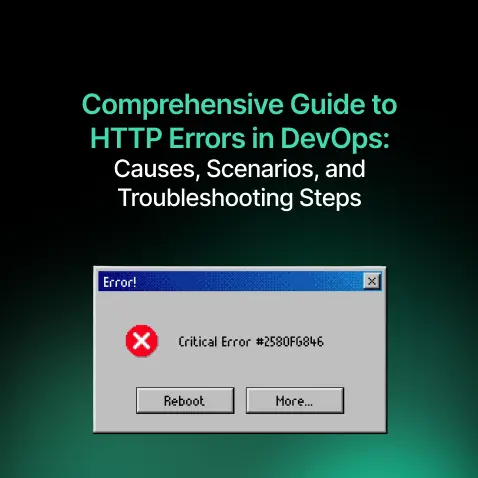
Comprehensive Guide to HTTP Errors in DevOps: Causes, Scenarios, and Troubleshooting Steps
- Blog
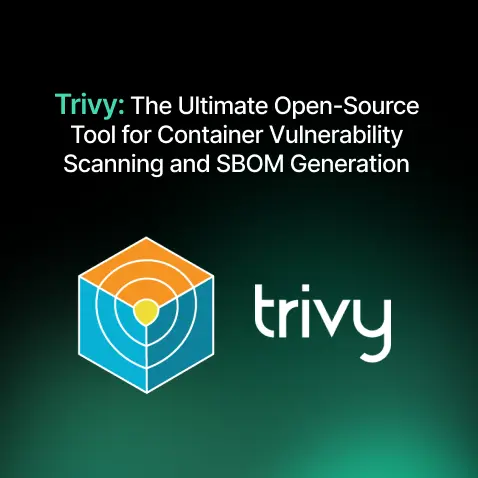
Trivy: The Ultimate Open-Source Tool for Container Vulnerability Scanning and SBOM Generation
- Blog
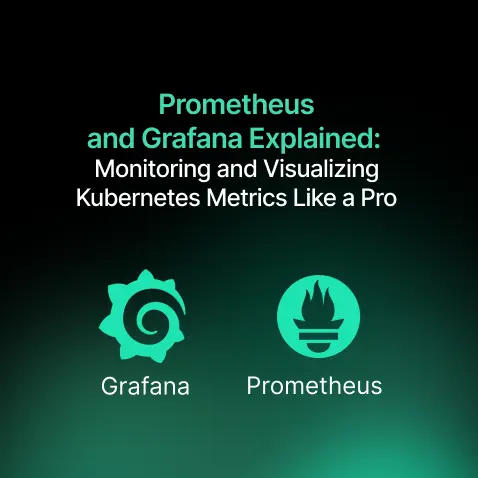
Prometheus and Grafana Explained: Monitoring and Visualizing Kubernetes Metrics Like a Pro
- Blog
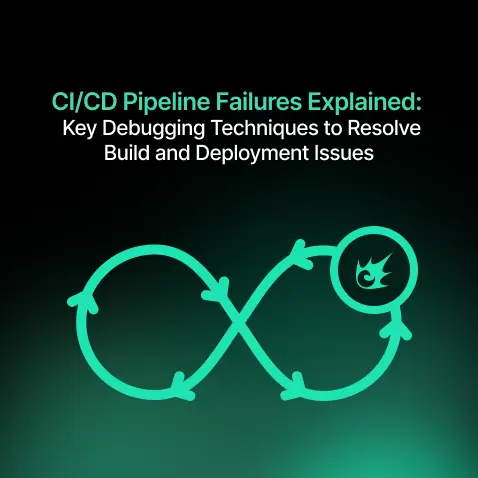
CI/CD Pipeline Failures Explained: Key Debugging Techniques to Resolve Build and Deployment Issues
- Blog
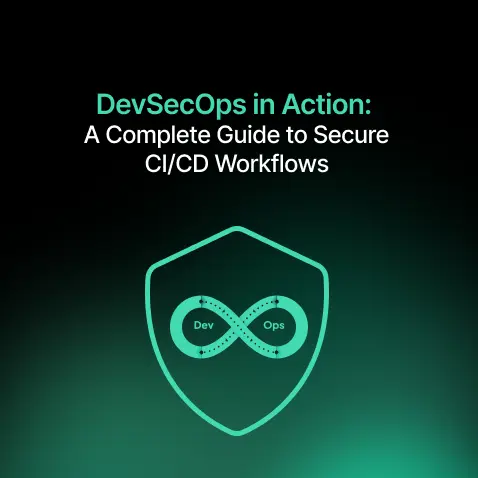
DevSecOps in Action: A Complete Guide to Secure CI/CD Workflows
- Blog
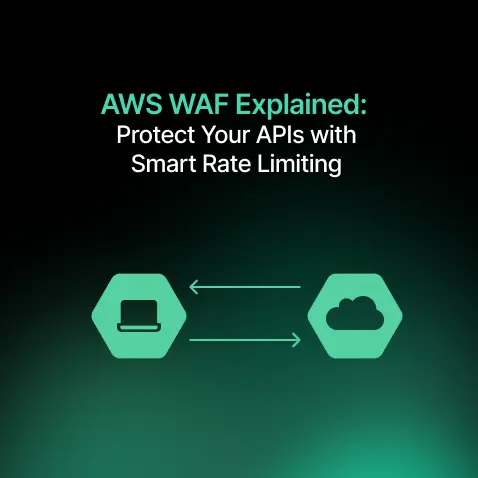
AWS WAF Explained: Protect Your APIs with Smart Rate Limiting
- Blog

